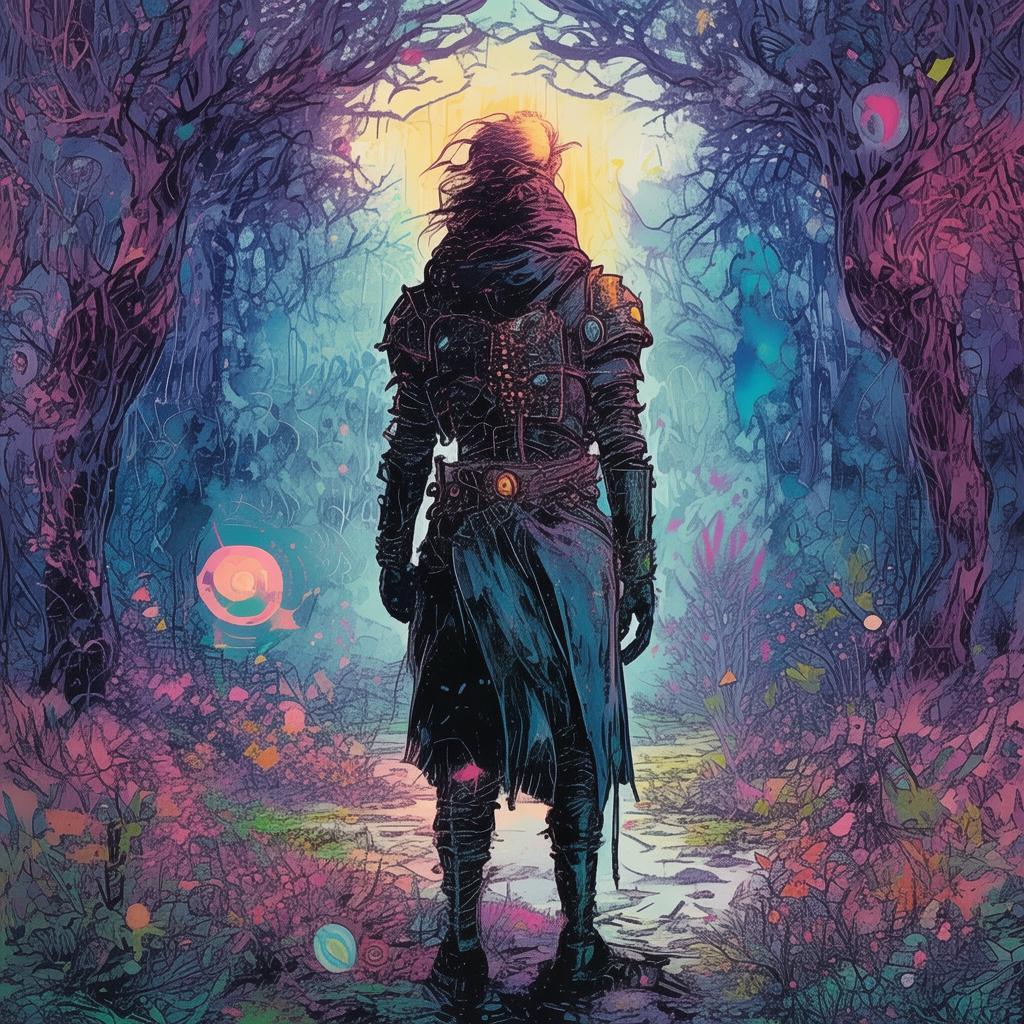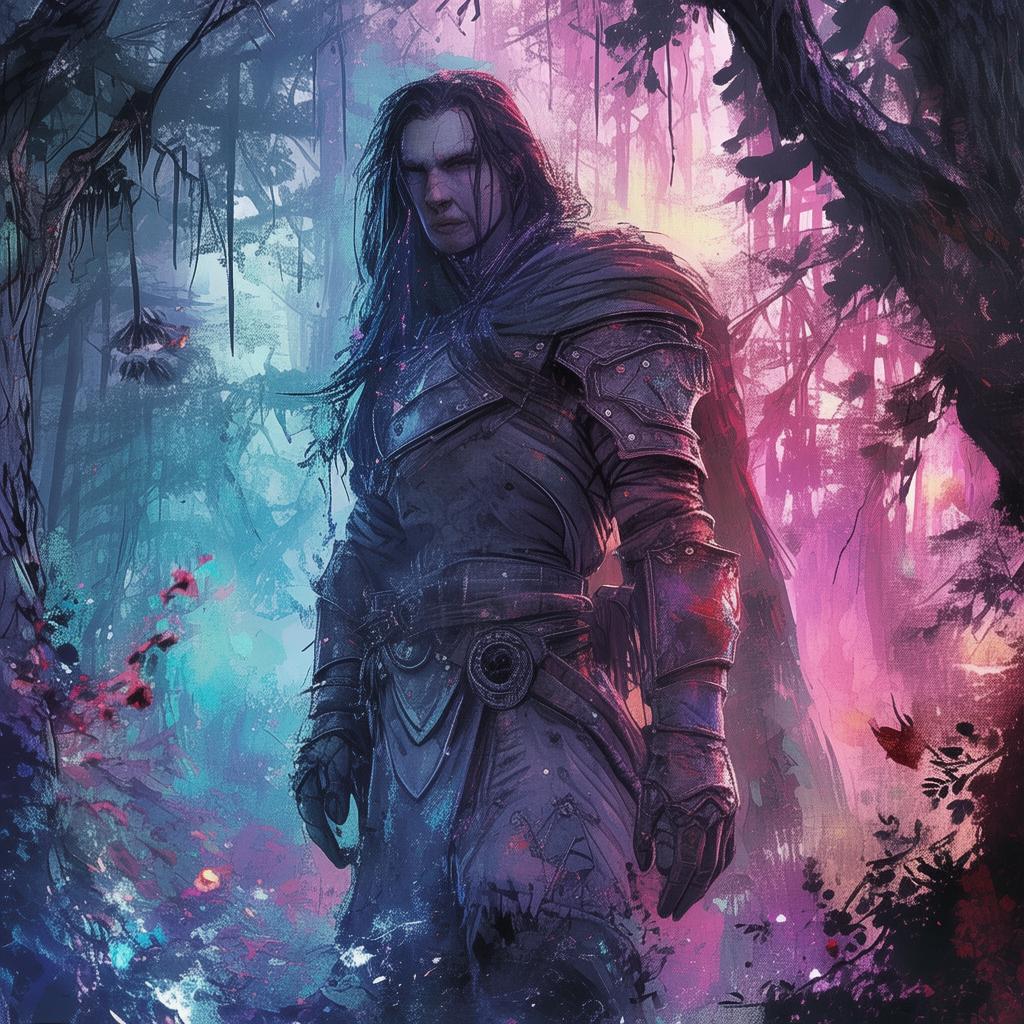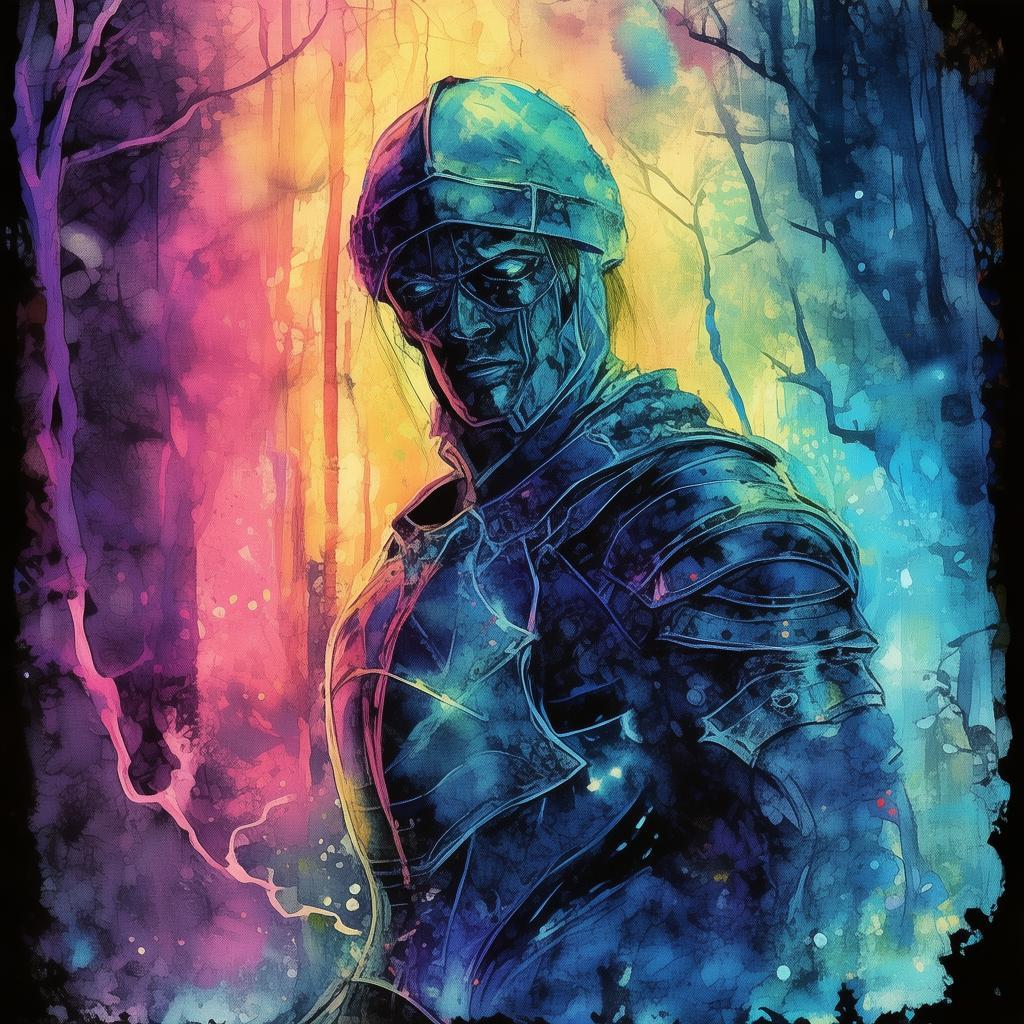The Tomato Labyrinth: A Quantum Leap of Redemption
In the bustling heart of Tokyo, amidst the chaos of city life, a young chef named Kaito Tachibana found solace in the quiet of his kitchen. His hands moved with the precision of a maestro, crafting dishes that danced on the tongue with flavors that whispered of distant lands and forgotten eras. But beneath the surface of his culinary expertise lay a void—a void that yearned for something more, something that could quench the thirst for purpose that gnawed at his soul.
One fateful day, while on a routine trip to the local market, Kaito's gaze was drawn to an odd sight: a tomato vendor selling tomatoes unlike any he had ever seen. The tomatoes were large, their skin a deep, blood-red hue, and their aroma was unlike any he had ever experienced. They seemed almost otherworldly.
Curiosity piqued, Kaito approached the vendor, a wizened old man with a twinkle in his eye. "These are no ordinary tomatoes," the man said with a knowing smile. "They are the seeds of time itself. Eat one, and you shall leap into the past."
Skeptical but driven by a sense of adventure, Kaito took a deep breath and ate one of the tomatoes. The world around him blurred, and he found himself transported to a different place, a different time.
He stood before a grand, stone labyrinth, its walls inscribed with strange symbols that seemed to pulse with a life of their own. As Kaito wandered deeper into the labyrinth, he discovered that each step he took led him to a different moment in history, each marked by a tomato plant in bloom.
His first leap was to ancient Egypt, where he witnessed the construction of the Great Pyramid. His next was to medieval Japan, where he fought alongside samurai in a battle that would be etched into the annals of history. Each leap was a new challenge, a new lesson in the intricacies of human nature and the fragility of life.
But as he journeyed through the labyrinth, Kaito began to notice something unsettling: the tomatoes were more than just a catalyst for time travel—they were also a tool for altering history. He realized that the labyrinth was a paradox, a place where his actions could have unintended consequences that would ripple through time, reshaping the very fabric of reality.
The weight of his choices bore down on him. In one instance, he prevented a crucial battle from happening, saving countless lives but also altering the course of history. In another, he chose to intervene in a tragic love story, only to find that his interference led to a different kind of sorrow.

As Kaito delved deeper into the labyrinth, he found himself drawn to a particular period in history—the year 1945, the end of World War II. There, he met a young woman named Yumi, whose life was on the brink of tragedy. Her village was under siege by the Japanese army, and she was on the run, trying to save her family.
Kaito decided to help Yumi, using his knowledge of the past to guide her through the labyrinthine paths of war. Together, they faced down the Japanese soldiers, saved Yumi's family, and brought peace to the village. But when Kaito returned to his own time, he discovered that the world had changed—a war that should have ended in 1945 had not, and the world was on the brink of a new global conflict.
Realizing the gravity of his mistake, Kaito returned to the labyrinth, determined to undo his actions. This time, he knew he had to tread carefully, for the consequences of his actions were now more dire than ever.
With Yumi by his side, Kaito navigated the labyrinth once more, his every step a potential catalyst for disaster. But this time, they were not alone. The labyrinth had taken notice of Kaito's struggle, and it revealed itself to be not just a place of time travel, but also a guardian of history, ensuring that the timeline remained unaltered.
Through a series of unexpected twists and turns, Kaito and Yumi managed to find a way to restore the timeline, returning the world to its proper course. In the process, Kaito found redemption for his past mistakes, and Yumi found the love she had been searching for.
As the final tomato took him back to his own time, Kaito stood in his kitchen, the labyrinth now a distant memory. He looked at the tomatoes on his table, their red skin glistening in the light, and realized that the journey he had been on was more than just a leap through time—it was a leap into the depths of his own soul.
The labyrinth had shown him the power of his choices, the responsibility that came with being a part of the grand tapestry of history. And now, with a newfound sense of purpose, Kaito knew that he would continue to serve not just his customers, but the world itself, with every dish he prepared.
The Tomato Labyrinth had become a symbol of his past, his mistakes, and his redemption—a reminder that even the smallest actions could have a profound impact on the world. And as he returned to his culinary craft, Kaito knew that he had found his true calling: to create not just food that nourished the body, but stories that nourished the soul.
✨ Original Statement ✨
All articles published on this website (including but not limited to text, images, videos, and other content) are original or authorized for reposting and are protected by relevant laws. Without the explicit written permission of this website, no individual or organization may copy, modify, repost, or use the content for commercial purposes.
If you need to quote or cooperate, please contact this site for authorization. We reserve the right to pursue legal responsibility for any unauthorized use.
Hereby declared.









